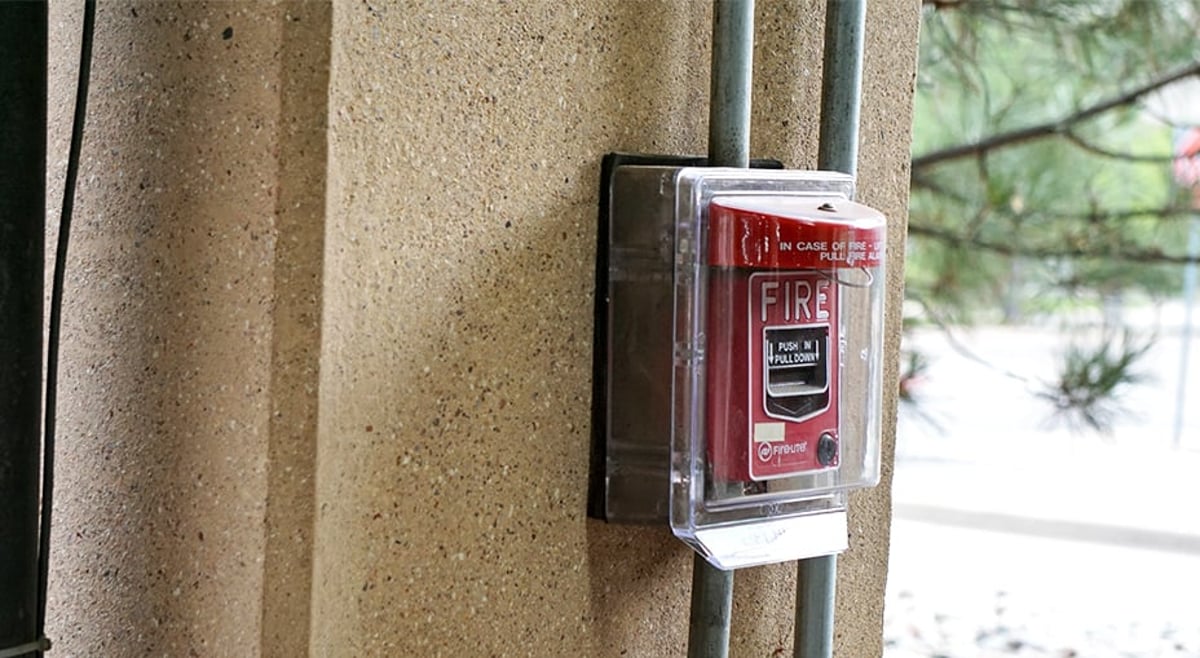NEC Codes Regulations for Communication and Fire Alarm Cables
This entry was posted on February 01, 2023

At Mars Electric, we partner with numerous businesses and self-employed electricians all over Northeast Ohio and beyond and are here to provide you with the exact information you need to stay up to code.
Keep reading to learn more about what the National Electric Code (NEC) articles are and why they’re important.
NEC Code Regulations: Why Stay Compliant?
One of the sole purposes of the National Electric Code (NEC) is to provide a level of safeguarding for both properties and people. To ensure the safety of individuals, as well as to keep up with changes to state regulation and electrical safety, the NEC is updated tri-annually with revisions approved by the American National Standards Institute (ANSI).
Alongside ANSI, the National Fire Protection Association also acts as the sponsor for the NEC, maintaining any updates or changes designed to prevent any power installation hazards from occurring.
NEC Code Articles 800, 725, 760, and 820
Below are the following NEC code articles that apply to communication and fire alarm cables.
Article 800 & 820
Article 800 directly applies to communications systems (unless previously modified by Articles 805, 820, 830, or 840), including:
- Network-powered broadband
- Phone lines
- Communication circuits
- Radio distribution systems
- Premises-powered broadband
Article 725
Article 725 addresses three different kinds of circuits, including signaling, power-limited, and remote-control. It also most notably addresses other circuits, such as:
- Intercom systems
- Nurse call
- Computer networks
- Low-voltage industrial controls
- Burglar alarms
- Sound
- Access controls
- Lighting dimmer controls
Article 760
Article 760 refers to fire alarm systems and the installation of wiring and equipment for them. While it doesn’t include residential smoke alarms as they aren’t powered solely by a fire alarm system, it does include the circuits that are powered and controlled by the fire alarm system itself.
In Article 760, the remaining wiring and equipment addressed, include:
- Fire detection and alarm notifications
- Voice communications
- Addressable systems
- NFPA
How to Read the NEC Substitution Chart
To read the NEC Substitution Chart, we always recommend speaking to a knowledgeable member of our Mars Electric staff who can help you decipher the products which will work best for your project. For example, we heavily utilize the NEC chart when showcasing our plenum cable, as it exceeds all other installation requirements and therefore can be installed anywhere in the building that meets code.
The price difference between the plenum cable at Mars Electric and the lesser rated riser version is minimal and can easily take the guess work out of knowing what to install with using our plenum cables.
Plenum vs. Riser Cable: What’s the Difference?
When choosing between plenum and riser cables, there are a few factors to take into consideration aside from cost, which is minimal when shopping at Mars Electric, such as the location or environment it will be placed, each cable’s versality, and more!
Cable location and installation versatility are a key factor to be aware of when choosing between plenum and riser cables. Unlike riser cables, plenum cables are better suited for more environments due to their usage flexibility. Riser cables can really only be used in specific, enclosed areas; however, plenum cables can be used for larger air handling spaces like large office buildings that have higher air circulation. Typically, riser cables are used between walls or elevator shafts – enclosed, smaller areas.
If you’re looking for a wider versatility with your cables, plenum is the better option as it can go anywhere that riser cables can, but not the other way around.
If you’re dealing with an oxygen-rich environment, such as an area that contains an HVAC system, plenum cables are going to be the optimal choice for you due in large part to their high fire rating. When a product has a higher fire rating, it means it’s specifically designed to withstand a fire better than a product with a lower rating.
Finally, the two factors that are important to consider are protective jackets and burn emissions. While both plenum and riser cables have protective jackets (typically consisting of PVC material), plenum cables have a higher fire resistance due to their PVC compound combination, which provides greater protection against unexpected fires. If a fire is to occur, the plenum cable’s low-smoke jacket will create fewer emissions when released into the air, enabling them to have a slower burn.
Is Plenum Better than Riser Cable?
For most applications, plenum cables are the better choice. Their increased flexibility, higher fire rating, and decreased burn emissions make them the safer, more dependable option for a variety of projects, and they minimize errors in the field.
With plenum cables, you’ll get better peace of mind, knowing your project will always meet the strictest of code standards, without a major difference in cost.
Need more information about plenum cables? Speak to our Mars Electric sales reps about your project and we’ll discuss the options with you at length.
Partner with Mars Electric Today
At Mars Electric, our sales team are experts with code and environmental installations and can recommend the cable products you need for your project.
Choose from our selection of specialty wire and cable products, including:
- Sound/Security access control
- Fire alarm cable
- Coax cable
- Data category cables
- Temperature control cable
- Lutron cables
- And more!
For questions about the NEC code regulations or to speak to one of our knowledgeable representatives, please contact us today!